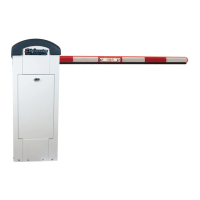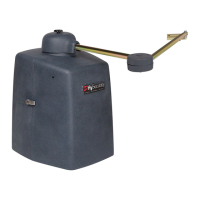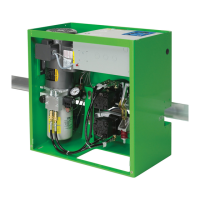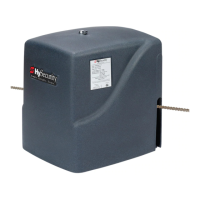MX3657-01 Rev. D ©2020
102 hysecurity.com | 800-321-9947 StrongArm Programming and Operations
retro-refleCtIve photo eye systems
Correct installation and alignment of a retro-reective photo eye and its reector is important for trouble free
performance. Any system operating at a range greater than 16 feet is more prone to false triggering due to
dirty optics, condensation or poor weather. If care is taken in the initial mounting and alignment of the 3-inch
reector, the chance of problems is greatly reduced.
NOTE: Use only through beam photo eyes for a distances greater than 24 feet because the function of a retro-reective photo eye
will be too unreliable.
Taking steps to protect the photo eye and the reector from being exposed to fog and being absolutely
certain the photo eye is perfectly aligned will greatly reduce any false triggering of the system. The ideal
mounting of a retro-reective photo eye is inside an enclosure.
Ideally the reector mount suspends the reector inside a 12-inch long piece of 3-inch PVC conduit. Cut
the opening of the PVC conduit at a 45-degree angle to act as a drip shield. Hold the reector against the
backside of the PVC conduit by attaching a 3-inch male connector. DO NOT cement the connector as doing
so makes it difcult to reach the reector for future cleaning.
To create a mounting base, attach a 3-inch aluminum ange (for example, an electric meter hub) to the
connector. This whole package can be mounted to any at surface.
Locate the reector in the center of the invisible beam of infrared light to achieve the most sensitive alignment.
The beam center is determined by the following test:
1. While holding the reector in your hand, slowly raise it until the beam is no longer returned and the
photo eye trips.
2. Mark this maximum height.
3. Lower your hand and determine the lower limit of the infrared beam by watching for the trip point.
Mark this position.
4. Repeat the same procedure for left and right at the center elevation of the beam.
When the four parameters are marked, either:
• Mount the reector in the center of the area outlined
or
• Realign the eye for the position of the reector.
NOTE: If the photo eye is realigned, be sure to perform the centering test again to verify that the reector is truly in the center.
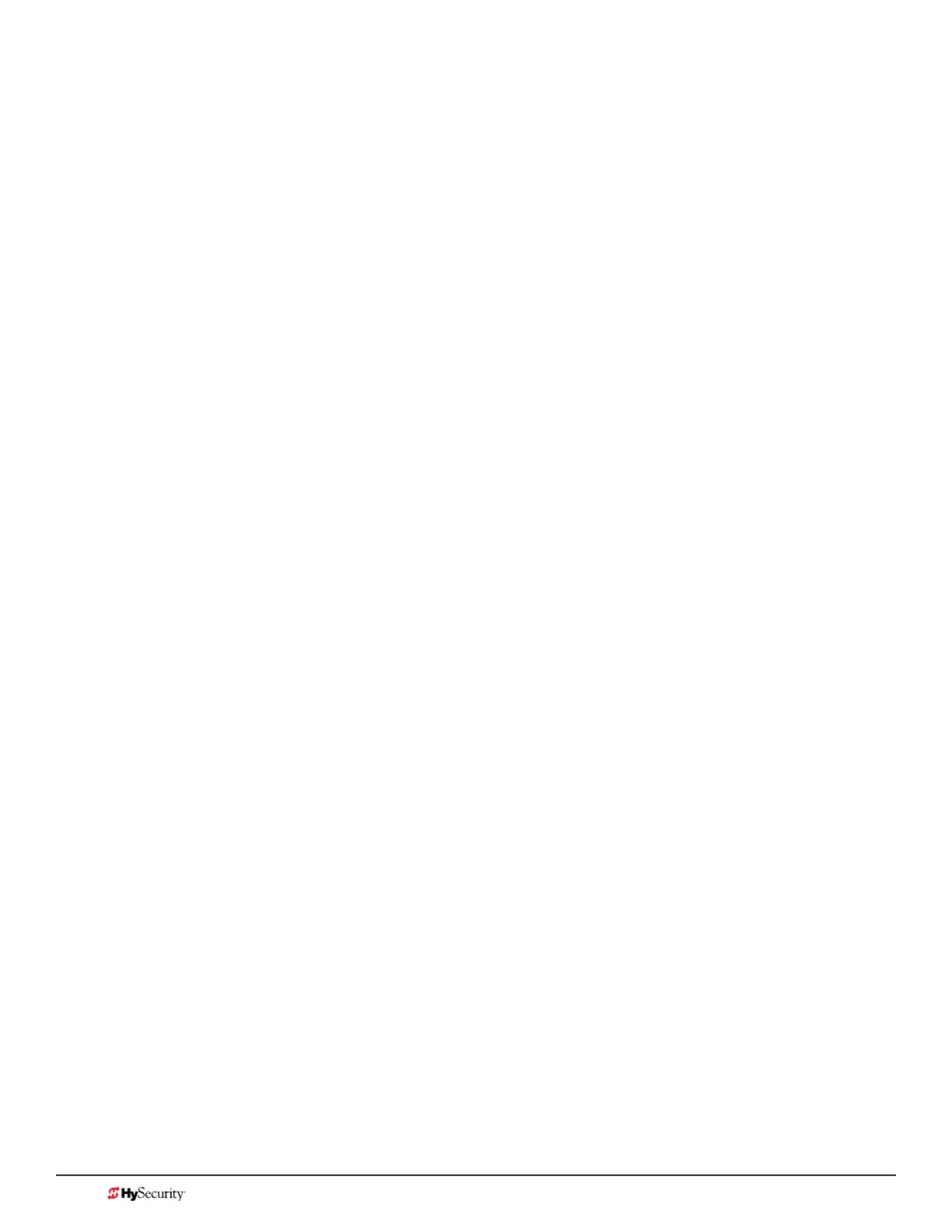